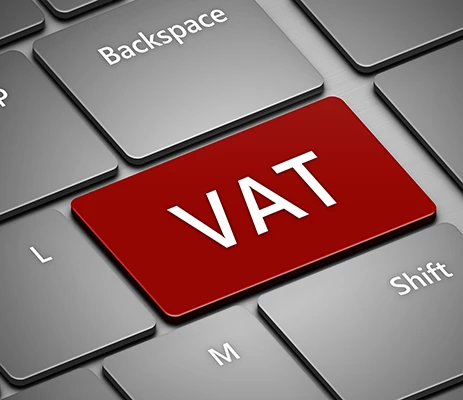Expenses can be one of the most confusing areas regarding VAT, so in this article we’ll look at the treatment of VAT on expenses and give you some pointers about the rules that affect it.
When VAT on expenses is simple
If it’s a legitimate expense, VAT was paid at the standard rate and you have documentation from a VAT registered business, then you can claim it back on your VAT return as an input and the correct treatment is simple and obvious. Complications can arise where one or more of these conditions met.
Is it a legitimate expense?
The question of what expenses can legitimately be claimed can’t be covered in detail here, but the basic principle is that the expenses should be incurred “wholly, exclusively and necessarily” on behalf of your business. In other words, the entire cost should be incurred only for genuine business reasons.
In particular, look out for “mixed purpose” expenses, where there was a business reason for the expense, but it also has a personal benefit. You may still be able to claim the business part of the expense, if you can separate it from the personal cost and evidence it effectively. Otherwise, it may not be claimable as a legitimate expense.
How much VAT have you paid?
You’re only allowed to claim the VAT you actually paid, so if an item was zero rated or charged at a different rate, you can’t reclaim VAT at the standard rate on that item. Where you have a full VAT invoice this should not present a problem, but things could be more complicated if the documentation doesn’t break down the VAT paid on each item.
Do you have the necessary documentation?
When you buy an item from a VAT registered business, you should be issued with documentation. There is quite a lot of variation in the documents that might be issued, but should as a minimum show the vendor’s name, address and VAT registration number:
An invoice - this is a detailed document showing a full breakdown of the items purchased and the VAT charged on each item.
A receipt – called a “less detailed invoice” in VAT parlance. A receipt can be for up to £250 and will usually contain less information than an invoice.
A less detailed receipt – often these will come from a small business, like a taxi for example, and may be written by hand. If there is no VAT number and no evidence that VAT was charged, you simply can’t reclaim the VAT.
If the expense is legitimate, VAT was paid and you have the necessary proof, you can enter the expense on you VAT return as an input.
If you’re using the Flat Rate Scheme
If you’re registered on the Flat Rate Scheme rather than the standard VAT scheme, you wouldn’t usually claim VAT on your expenses in this way. The exception is if you purchase an asset worth more than £2,000, in which case you should ensure you keep the relevant documentation and discuss the situation with your accountant.
If you have questions or if we can help in any way, please call our expert team on 01296 46843 or email info@orangegenie.com .
